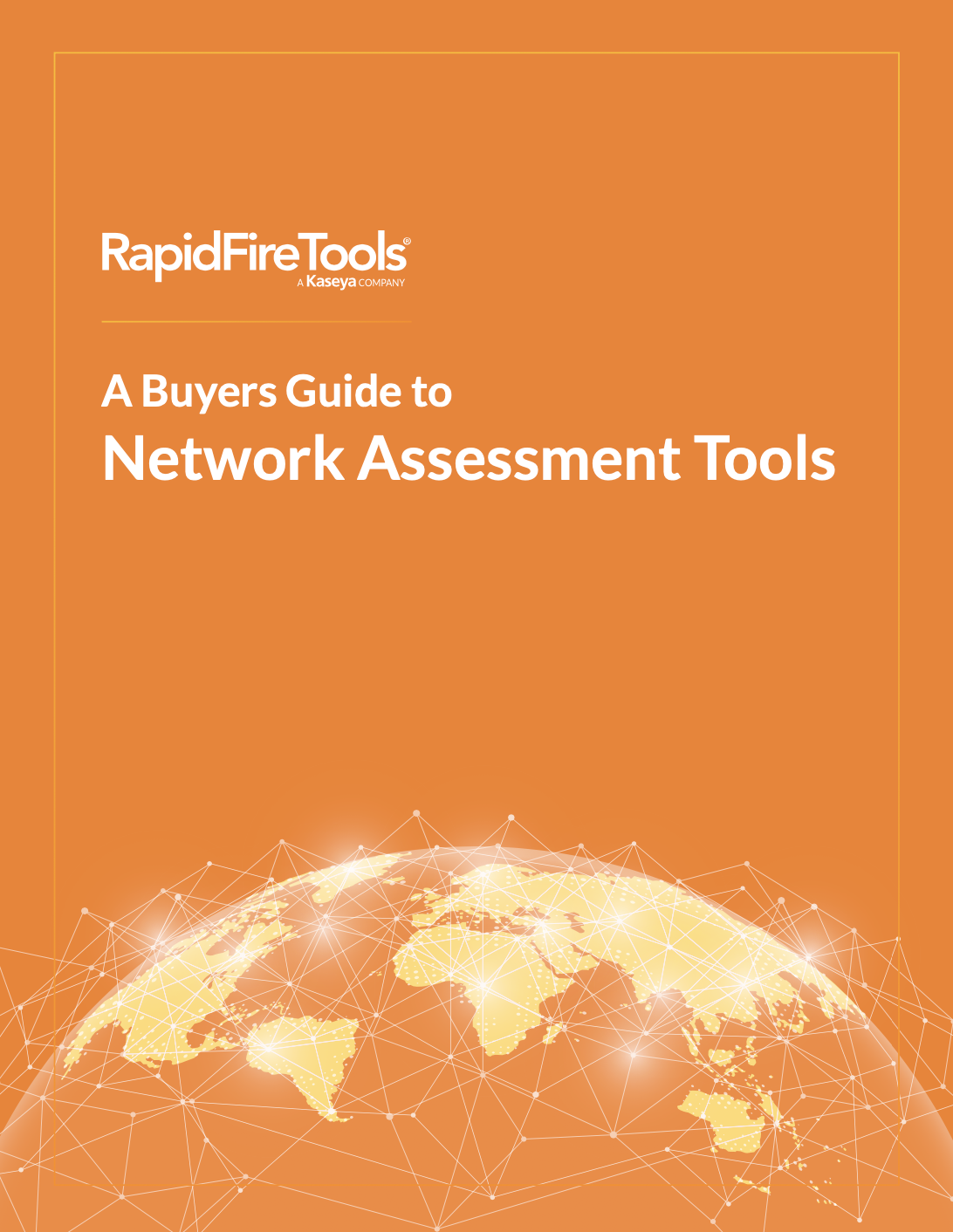Detecting critical changes in your organization’s network environment is essential for maintaining the stability, security and performance of your operations. While most organizations know to look for a few or some of these changes, they lack an easy and affordable way to automate critical IT change detection and alerting.
Let’s take a look at some of the consequences of unplanned critical network changes that go undetected:
Security vulnerabilities: Unidentified or unauthorized changes can introduce security vulnerabilities into the network. Attackers often exploit weaknesses created by these changes to gain unauthorized access, steal data or compromise the network’s integrity.
Network downtime: Unexpected changes can disrupt network services and lead to downtime. If critical components or configurations are altered without proper planning or testing, it can result in service outages that impact business operations and user productivity.
Data breaches: Unknown changes might expose sensitive data to unauthorized parties. This could be due to misconfigured security settings, unintended access permissions or other issues introduced by changes.
Performance degradation: Changes made without proper testing can lead to performance degradation. Alterations to configurations, network paths or hardware settings can impact network speed, bandwidth utilization and overall efficiency.
Compliance violations: Many industries and organizations must adhere to regulatory compliance standards. Unknown changes could lead to violations of these standards, resulting in legal consequences and reputational damage.
Loss of control: Untracked changes can accumulate over time, making it challenging to understand the current state of the network or revert to a stable configuration.
Troubleshooting complexity: When issues arise, troubleshooting becomes more complex if undocumented or unexpected changes are part of the equation. Identifying the cause of the problem becomes difficult, leading to prolonged downtime and frustration.
Inconsistent configurations: In large networks or environments with multiple administrators, unknown changes can lead to inconsistent configurations. This can result in unpredictable behavior and challenges in managing and maintaining the network.
Insider threats: Malicious or accidental changes made by insiders (employees, contractors, etc.) can go unnoticed if there’s no system in place to detect and track changes. These changes might be intended to cause harm or could result from negligence.
Lack of accountability: Holding individuals accountable for their actions becomes challenging without a clear record of changes and who made them. This can lead to a culture where accountability and best practices are not prioritized.
Limited visibility: Not knowing about critical changes hinders the ability to address issues proactively. With proper monitoring and change detection, organizations can respond quickly to emerging problems.
Strain on IT resources: Unplanned or unknown changes can divert IT resources away from planned projects and strategic initiatives as teams scramble to address urgent issues caused by these changes.
To mitigate these risks, organizations should implement effective critical IT change detection practices. Regular network monitoring, intrusion detection, configuration management and network auditing are crucial for promptly detecting and addressing unknown changes. By focusing on IT change detection and alerting, organizations can significantly reduce the potential negative impacts of anomalous activity in their networks.
Stay on top of critical changes
With so many potential threats that could emerge from changes within the networks you’re managing, keeping up with them all can be a daunting task. Due to this, organizations tend to overburden their IT teams, committing time and resources to continually keep track of any network changes that take place.
Luckily, detecting and getting alerts about these potential problem areas can be automated entirely with Cyber Hawk from RapidFire Tools. Any anomalous changes or activities will be automatically detected and presented to your IT team via daily and weekly notifications that let them know what happened, what the potential risks are and how to address them.
Request a demo today to find out how Cyber Hawk can take your IT security to the next level.
